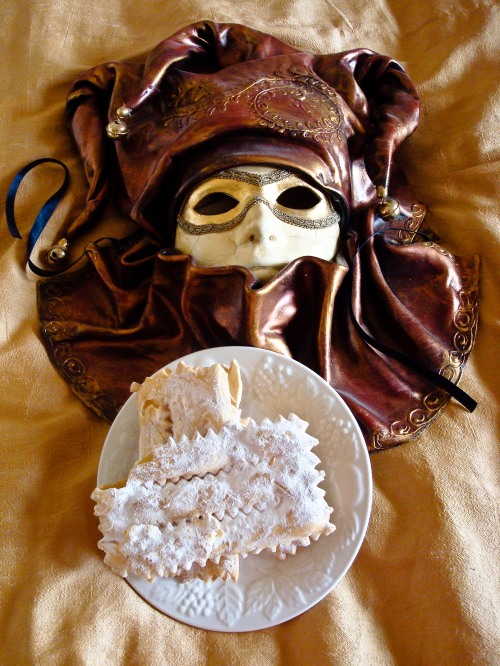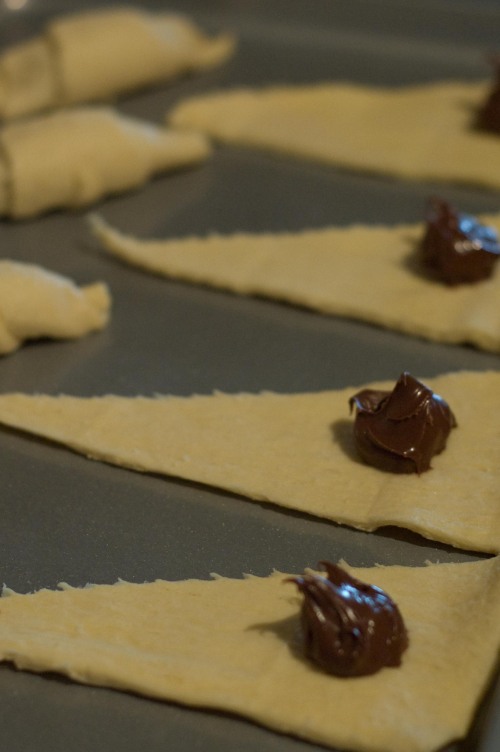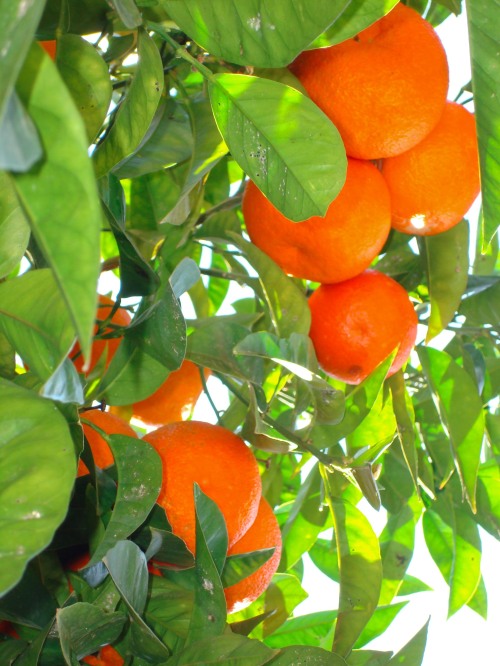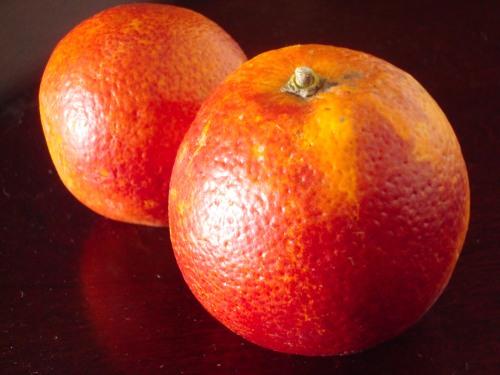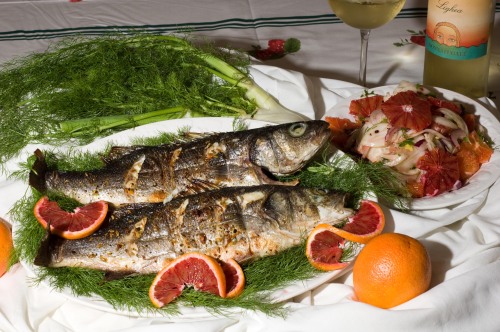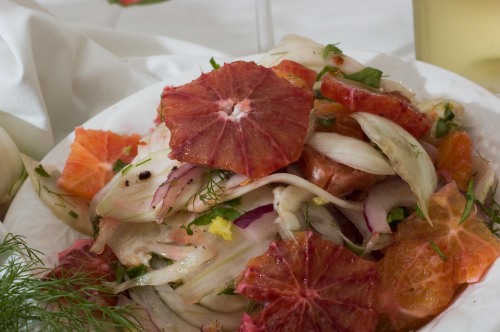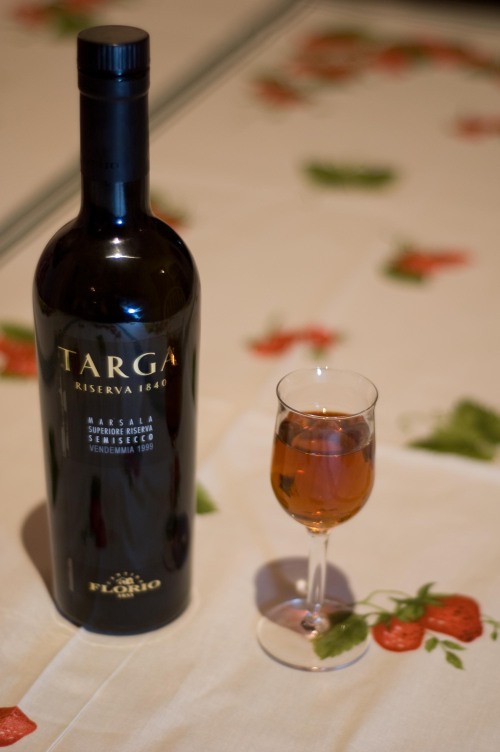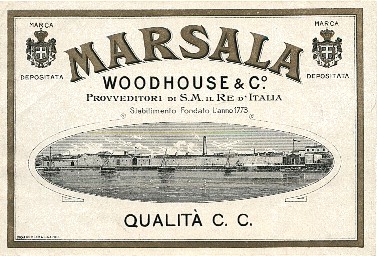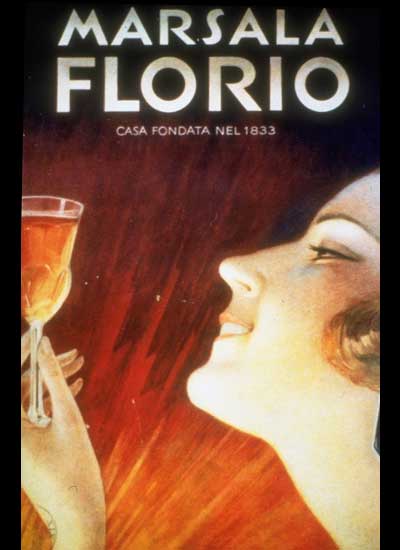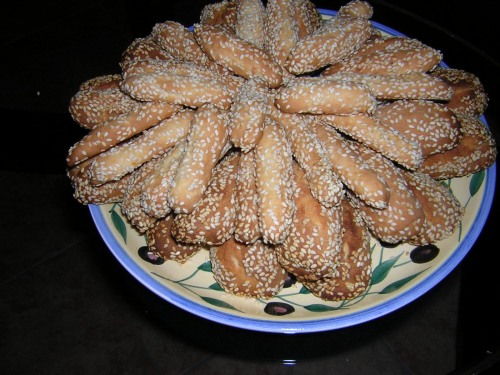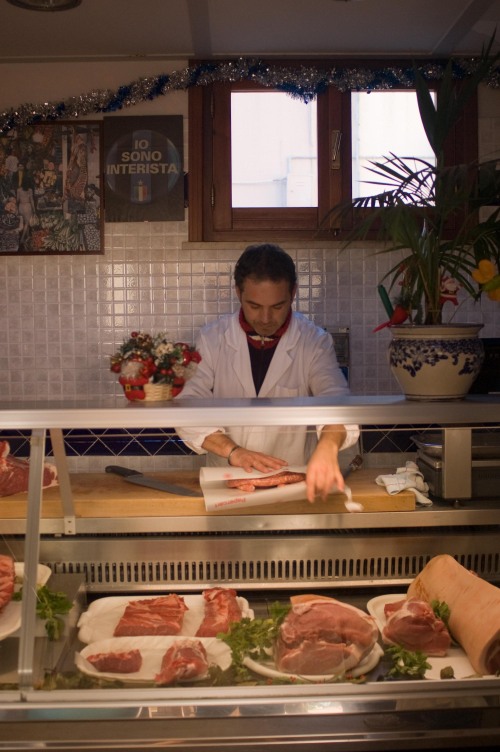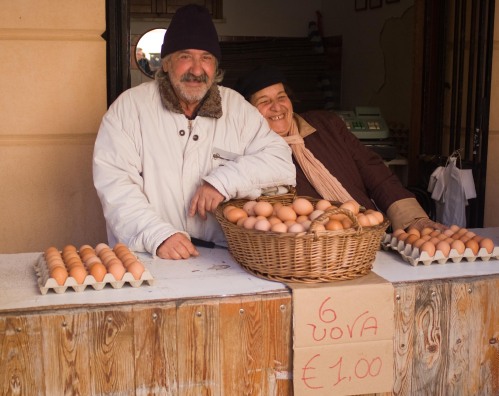The Italians have a few sayings about the Month of March. “Marzo pazzarello: Un giorno brutto, un giorno bello (Crazy March: One day ugly, one day beautiful,” is a common one. Another is, “Marzo pazzarello: esce il sole e prendi l’ombrello (Crazy March: The sun is out and you bring an umbrella).” Whichever saying you prefer, March is just…well…CRAZY!!! Italians are generally referring to the weather when they speak of Marzo Pazzarello. However, lately, it hasn’t just been the weather that has been crazy in my life! It seems as if the March winds have blown my world into a perpetual cyclone! Everyday I seem to be spinning in multiple directions, with multiple things to attend to. These past few weeks, I’ve been completely consumed by my trip to Barcelona, hosting a birthday luncheon for a good friend, attending a local festival, recovering from a cold, and starting a new job. There’s more craziness to come, too, including attending a going-away party, teaching English lessons, and preparing for house guests. I can only hope that both the weather, and my daily life, is a bit calmer in April!
With all of this stuff going on, it’s been really difficult finding the time to create a new blog! I know that I still owe all of you the stories, photos, and recipes from my trip to Barcelona. Due to timing constraints, I have to push that post off until later in the week. It will take me much longer to put everything together for that one. Instead, however, I’d like to share with you a bit from my visit last week to the nearby town of Salemi.
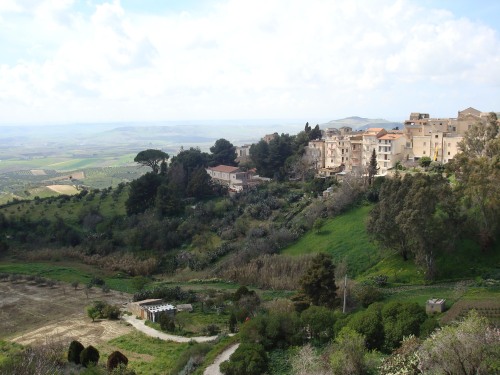
View of the countryside from the historic center of Salemi
Salemi is a lovely town about a 30-minutes east of Marsala. It has received a lot of global press attention lately. In an effort to restore the town’s ancient historic center, Salemi’s mayor has offered to sell villas that were mostly destroyed in a 1968 earthquake, for just 1 Euro. There are, of course, some stipulations and conditions that must be met for restoration, but it’s still a unique investment opportunity. For more information about this program, click here.
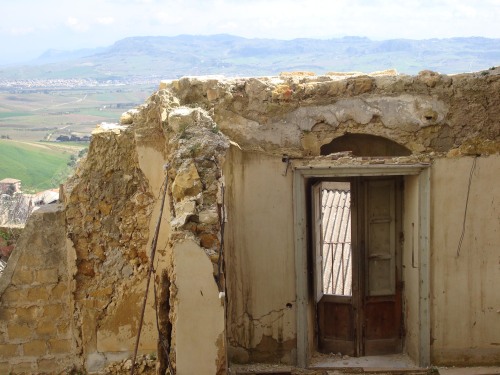
One of the villas destroyed by an earthquake in Salemi
The reason that I decided to visit Salemi had nothing to do with the 1 Euro villas. Instead, I was there for Le Cene di San Giuseppe (The Feasts of Saint Joseph). Each year, on March 19th, Italians celebrate St. Joseph’s Day, which is also their Father’s day. Joseph, the husband of Mary, and earthly father of Jesus, represents the ideal Christian husband and father. In addition to being the patron saint of families, Joseph is also the patron saint of many other things, including carpenters and tradesmen, and pastry chefs.
Here in Sicily, St. Joseph is revered for saving the country from famine in the Middle Ages. According to legend, Sicily had suffered a severe drought, so the people prayed to St. Joseph to send rain for their crops. They promised to prepare a huge feast in his honor if their prayers were answered. The rains came, and thus the feasts were prepared and placed underneath alters as an offering to St. Joseph. This custom is still practiced, and is especially evident in the town of Salemi.
Each year, the people of Salemi create elaborate alters made of bread to honor St. Joseph. Dough is shaped into many intricate, and symbollic shapes, such as bunches of grapes (symbollizing the eurcharist), ladders and hammers (symbollic of Joseph’s life as a carpenter), fruits and vegetables (symbols of the abundant harvest that saved Sicily from famine), and many more. The shapes are blessed by the priest and pieced together on branches to form the alters. Then, gifts such as wine and food, as well as sprouting beans and even goldfish, are laid on or beneath it.
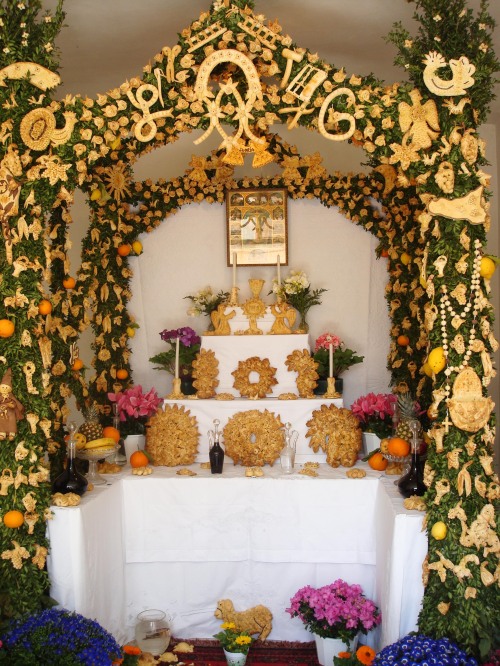
One of the many bread alters
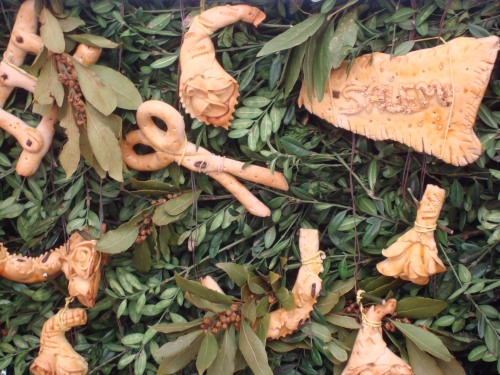
Close-up of some of the symbollic bread shapes
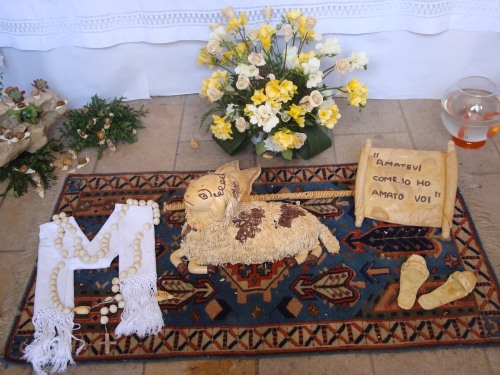
Love as I have loved you. ~John 15:12~
In addition to the alters, there is the traditional Feast of St. Joseph. This takes place inside La Chiesa di San Giuseppe, which also has the largest, and most elaborate, of the bread alters. For the feast, many dishes of food are prepared by townspeople for the feast (think of it as a giant potluck). There must be a minmum of 19 meatless dishes, but no more than 101, and a plate of spaghetti topped with olive oil, bread crumbs, parsley, cinnamon, and sugar must always be included . Three children (1 girl and 2 boys) are asked to sit at a dinner table. These children are symbollic of the Holy Family of Mary, Jesus, and Joseph. The priest blesses a dish of food and then serves the “Holy Family.” They take a bite, and then offer the rest of the food to everyone else in attendance. This takes place one dish at a time, so the feast seems to be neverending.
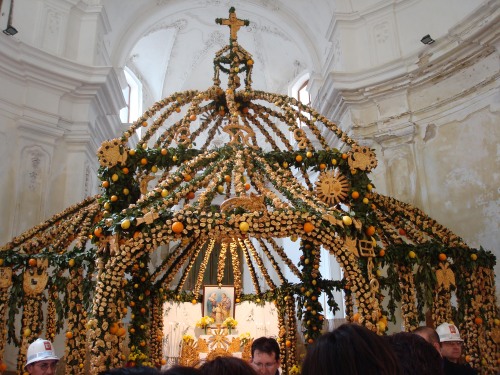
The bread alter inside Chiesa di San Giuseppe. This is only the top half of the alter, as you can tell by where people's heads are in the picture. I just couldn't get a good shot of the whole thing because of the crowd.
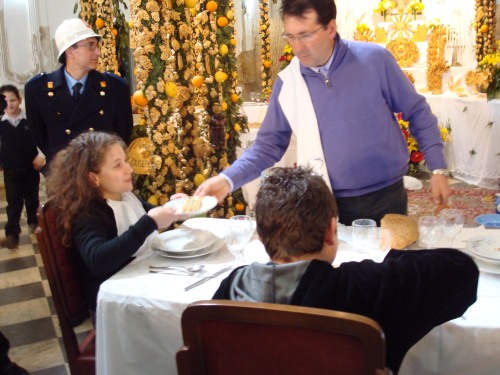
The "Holy Family" being served at La Cena di San Giuseppe
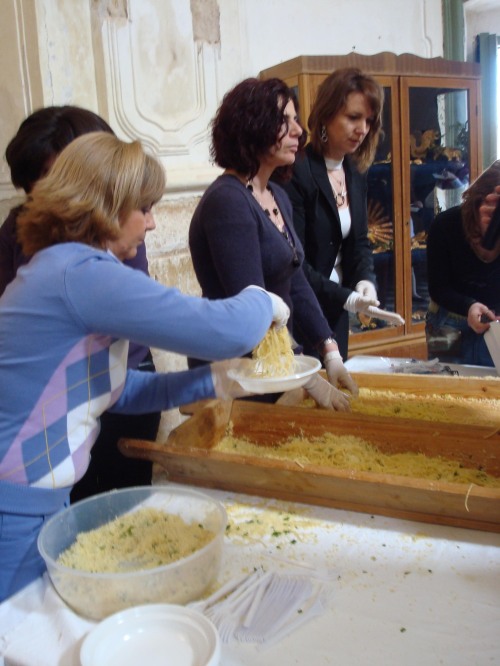
Local women serving up spaghetti with olive oil, cinnamon, sugar, parsley, and breadcrumbs. This was given to the "Holy Family", as well as everyone in attendance.
There are many traditional pastries that are served in honor of La Festa di San Giuseppe. Two of the most popular are zeppole (sugar-coated doughnut holes), and sfinci. Sfinci di San Giuseppe are made from the same dough that is used to make cream puffs (bigne’). The dough is fried or baked, and then filled with pastry cream, whipped cream, or sweetened ricotta. Alternately, they can also be eaten unfilled, and simply drizzled with warmed honey. While I didn’t see either of these pastries in Salemi (just cannoli, pignolatta, and cassatelle), they were available in the pastry shops here in Marsala. Here is a recipe for Sfinci di San Giuseppe, which comes from Victoria Granoff’s cookbook, Sweet Sicily. The book also contains recipes for the other pastries I mentioned, plus many more. I have to admit that I have not tried this recipe. I’m trying to avoid having any sweets in the house for ahwile. If they’re here, I’ll eat them all! If you do decide to make this recipe, though, please let me know how it turns out. In addition, if you have better recipes for either of these treats, please send them along to me.
Sfinci di San Giuseppe
8 Tbsp. unsalted butter or margarine, cut into ½ inch cubes
¾ cup water
1 Tbsp. sugar
Pinch of salt
1 c. unbleached all-purpose flour
4 eggs
Vegetable Oil for frying
1 recipe crema pasticciera (recipe follows), or ½ cup warmed orange blossom honey.
In a medium heavy-bottomed saucepan, bring the butter or margarine, water, sugar, and salt to a boil, stirring with a wooden spoon until all the butter is melted. Remove from the heat and add the flour all at once, stirring with gusto until the dough forms a ball that pulls away from the sides of the pan. It will be sticky. Allow it to cool, stirring every now and then to release steam, for 15 minutes.
Meanwhile, heat 2 inches of oil in a heavy saucepan to 325 degrees on a deep-fry or candy thermometer.
Beat the eggs into the dough one at a time, making sure that each one is well incorporated before adding the next. The dough should be loose, but not runny.
To fry the sfinci, dip a tablespoon first in the hot oil (the oil will prevent the dough from sticking to the spoon), then scoop out a spoonful of dough and drop it into the oil You can fry a few at a time, but don’t crowd the pan. After about 1 ½ minutes, the dough will begin to brown and puff up. Turn it over, and an amazing thing will happen. The sfinci will pop open and puff up to about twice their size. This may happen slowly or all at once – each one is different. Continue to fry, turning the sfinci once or twice, until evening browned. When they are done, drain them on paper towels.
If you are going to fill the sfinci, allow them to cool completely, then split them open and fill them with a ricotta filling (like in cannoli), pastry cream, or whipped cream, using a large spoon or pastry bag. To serve the sfinci with honey, keep the fried sfinci warm on a platter in a 250 degree oven until they are all cooked, then drizzle them with honey and serve immediately.
Makes about 2 dozen.







